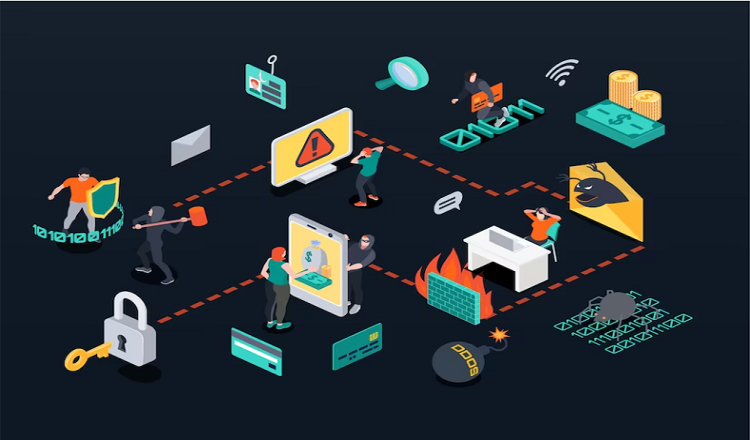Understanding Cyber Insurance Coverage with Silverfort
In today’s digitally interconnected world, the prevalence of cyber threats has surged, prompting businesses to seek comprehensive protection. Cyber insurance coverage has emerged as a crucial safeguard against potential financial losses resulting from cyberattacks. Among the various providers in the United States, Silverfort stands out for its innovative approach to fortifying businesses against digital threats.
What is Cyber Insurance Coverage?
Cyber insurance coverage is a specialized policy designed to mitigate financial losses arising from cyber incidents. These incidents encompass a broad spectrum, including data breaches, ransomware attacks, network interruptions, and more. The coverage typically includes expenses related to investigation, recovery, legal fees, and even extortion payments in certain cases.
The Role of Silverfort in Cyber Insurance Coverage
Silverfort distinguishes itself in the cyber insurance landscape by offering cutting-edge solutions that augment existing security measures. Their unique approach involves adaptive risk-based authentication, empowering businesses to fortify their networks against unauthorized access and potential breaches.
Tailored Solutions for Enhanced Protection
Silverfort’s integration within cyber insurance coverage empowers businesses to implement multifactor authentication and access controls. This proactive measure significantly reduces the vulnerability to unauthorized access attempts, mitigating the risk of potential cyber incidents.
Benefits of Incorporating Silverfort in Cyber Insurance Coverage
- Advanced Threat Detection: Silverfort employs AI-driven threat detection mechanisms that swiftly identify and respond to potential threats before they escalate. This proactive approach minimizes the impact of cyber incidents, thereby reducing potential financial losses covered by the insurance policy.
- Comprehensive Risk Assessment: By leveraging Silverfort’s technology, insurance providers can conduct in-depth risk assessments for their clients. This assessment aids in determining the level of coverage required, ensuring that businesses are adequately protected against cyber threats.
- Adaptive Authentication: Silverfort’s adaptive authentication model dynamically adjusts security measures based on user behavior, ensuring a seamless yet secure user experience. This feature enhances security without compromising user convenience, a crucial aspect in today’s fast-paced digital landscape.
- Regulatory Compliance: With evolving data protection regulations such as GDPR and CCPA, Silverfort’s integration helps businesses maintain compliance by bolstering their security infrastructure, thus reducing the likelihood of regulatory fines due to breaches.
Challenges and Future Trends
While cyber insurance coverage incorporating Silverfort offers substantial benefits, challenges persist. The evolving nature of cyber threats necessitates continuous innovation and adaptation. Furthermore, as businesses embrace cloud-based services and IoT devices, the scope of coverage and security measures must continually expand to address emerging risks.
Looking ahead, the future of cyber insurance coverage with Silverfort appears promising. Advancements in AI and machine learning are anticipated to enhance threat detection capabilities further. Additionally, collaborations between insurers and cybersecurity firms like Silverfort are expected to yield more tailored and robust coverage options.
Conclusion
In an era where cyber threats loom large, cyber insurance coverage with Silverfort emerges as a strategic imperative for businesses in the USA. By seamlessly integrating innovative technologies, Silverfort strengthens the resilience of businesses against cyber risks. As the digital landscape continues to evolve, this collaboration between cybersecurity firms and insurance providers will play a pivotal role in safeguarding businesses against unforeseen cyber threats.
Read More You May Like:
- The potential of emerging technologies such as blockchain and quantum computing to improve cybersecurity and data privacy
- The need for a comprehensive and long-term cybersecurity and data privacy strategy for the United States that addresses both domestic and international concerns
- The current state of cybersecurity and data privacy in the US, including issues such as data breaches and hacking
- The economic impact of cybersecurity and data privacy on businesses and consumers
- The history of cybersecurity and data privacy in the United States and how they have evolved over time














Post Comment